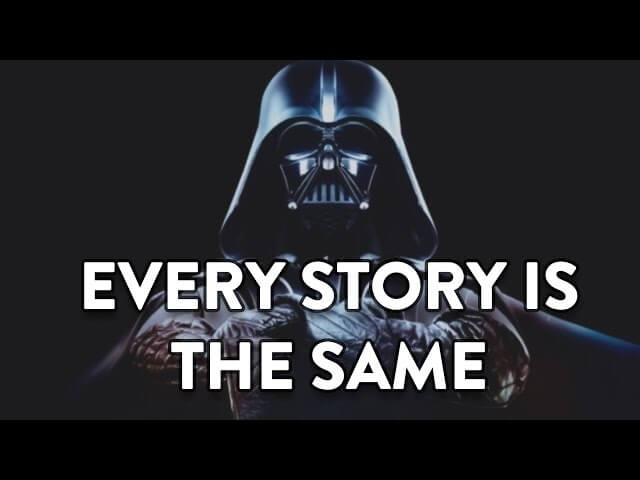Dan Harmon’s universal theory of storytelling gets an animated explainer

Grand, unified artistic theories don’t get much grander and unified than Dan Harmon’s storytelling process. As detailed in an article on Wired some five years ago, Harmon boiled down Joseph Campbell’s monomyth of the hero’s journey into a simple circle. And once he grasped this storytelling principle he couldn’t stop seeing it: in plot arcs, in character arcs, in the arc of a single joke. The circle reappears over and over in Harmon’s work on Community and Rick And Morty—and also, according to the theory, everywhere else. And it’s not just in storytelling, but in pop music, sports fandom, and our everyday lives. The theory itself isn’t super complicated, but its applications are vast. Handily, the video essayist Will Schoder teases it out in an insightful new video.
The theory boils down to two sentences: 1) A character is in a zone of comfort, 2) but they want something. 3) They enter an unfamiliar situation, 4) adapt to it, 5) get what they wanted, 6) pay a heavy price for it, 7) then return to their familiar situation, 8) having changed. Harmon plots those eight points along the quadrants of a circle, but then overlays that circle with great dualities like life and death, consciousness and unconsciousness, and order and chaos, and finds within that very literal geometry storytelling needs, like internal and external conflict.
If that all sounds a little much, well—that’s where the video comes in. Schoder sells it as part of Die Hard, The Lion King, The Lord Of The Rings, and, most aggressively, Star Wars, and Harmon has sounded off himself, in much more depth, elsewhere on the internet. But if you need more convincing, consider, perhaps, the journey you have gone on: 1) sitting around; 2) deciding to waste time on The A.V. Club; 3) clicking an unread article; 4) beginning to read it; 5) receiving the information promised; 6) realizing you need to get back to work and/or life; 7) closing this tab; 8) still thinking about the circle. It is everywhere—wheels within wheels.